Think cobblestone streets, a bustling town square and arcaded merchant hall, a castle and a cathedral on a hill. The sun sinks in the west and the warmth creeps into the bricks of centuries past as the locals come out into the plaza for a promenade, a meal, or to see whatever performers have come to entertain this evening.
This is Krakow, one of those gorgeous historic European cities travelers should not miss. Think Prague, but unlike its Czech neighbor 240 miles to the west, surprisingly not overwhelmed by tourists.
The capital of Poland until 1596, Krakow is second in size only to Warsaw, and in 1978, its finely preserved medieval city center became one of the first 12 of UNESCO’s World Heritage Sites. Strolling along its streets is like wandering an open-air museum.
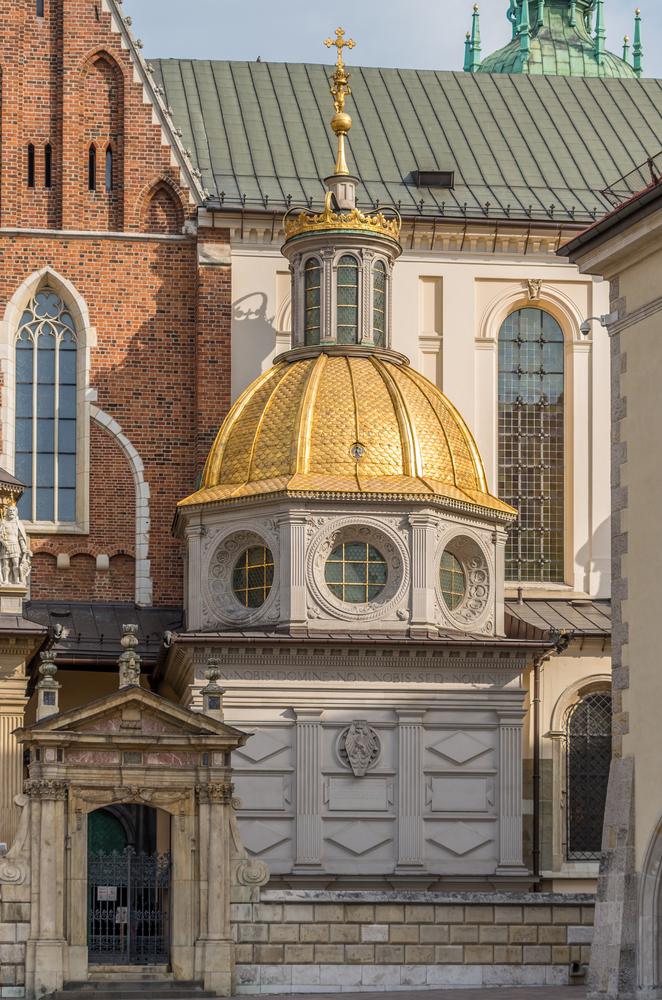
Royal Roots
Tucked into a right-angle bend in the River Vistula, Old Krakow is actually comprised of two towns: Krakow and Kazimierz, the latter founded in 1335 by King Casimir III the Great on what once was an island in the Vistula River.In the 19th century, the northern branch of the river was filled in to join the two. At the heart of Kazimierz is Wawel Hill, with its 11th-century cathedral—the site of the coronations of 36 Polish monarchs. Next to it, King Casimir commissioned the construction of Wawel Castle and defensive walls for a complex that today demands a full day to truly visit. Kings are buried here.
The gold-domed Sigismund’s Chapel, completed in 1533, is one of the finest works of Tuscan Renaissance outside of Italy. Before he became Pope John Paul II, Karol Wojtyla celebrated his first Mass as an ordained priest in the cathedral’s crypt. The whole complex is a lot to see, but it is also enough to linger in the gardens or take in a city view from over the walls.
Kazimierz was also home to the Jewish District (parts of “Schindler’s List” were filmed here). Today, visitors will still find ancient synagogues as well as Jagiellonian University—one of Europe’s oldest—and Corpus Christi, a Gothic basilica and another commission of King Casimir.
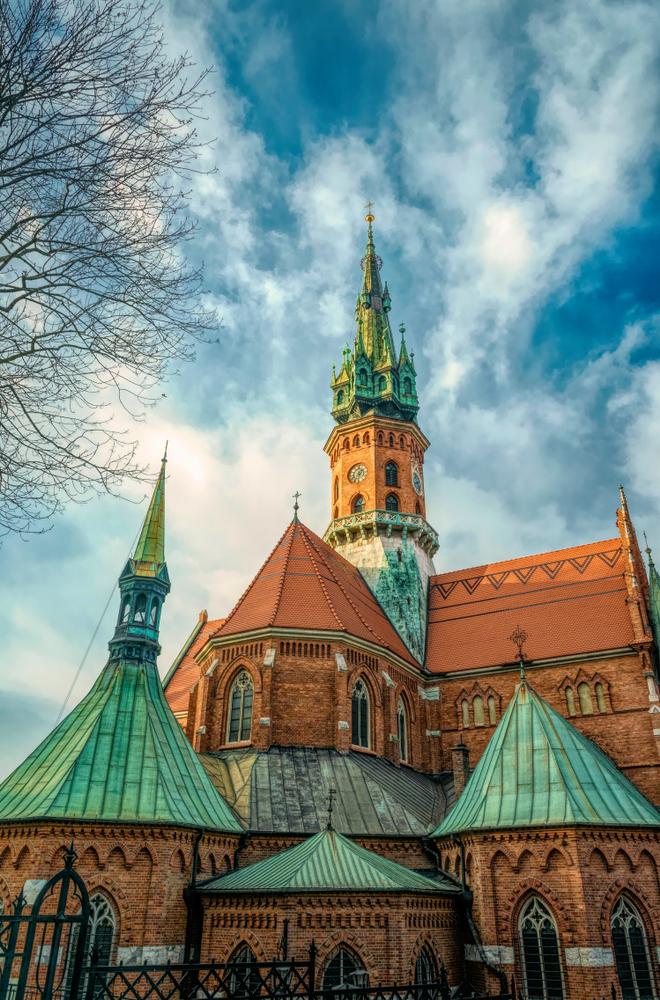
The Heart of Krakow
From Wawel Hill, follow Grodzka Street to Rynek Glowny, the city’s main square. If the castle complex is the head, then this is the heart. Statues and art, food vendors, and musicians dot the vast yet inviting space, while outdoor café seating lines the perimeter. A stage is set up for concerts and festivals. In another corner is the 11th-century Romanesque church of St. Adalbert, a stone-domed construction that sits askew as if the designers hadn’t noticed its lines when they laid out the square.At the center stands Cloth Hall, a Renaissance merchants’ building lined with archways selling crafts, jewelry, and souvenirs. Enjoy some shade here on a hot, sunny day, or better yet, head beneath the square for a tour of Rynek Underground, part of the Krakow Museum. After excavations, this system of old chambers and market stalls became a modern, multimedia museum experience in 2010, with prehistoric pottery and old coins, holograms, and dioramas.
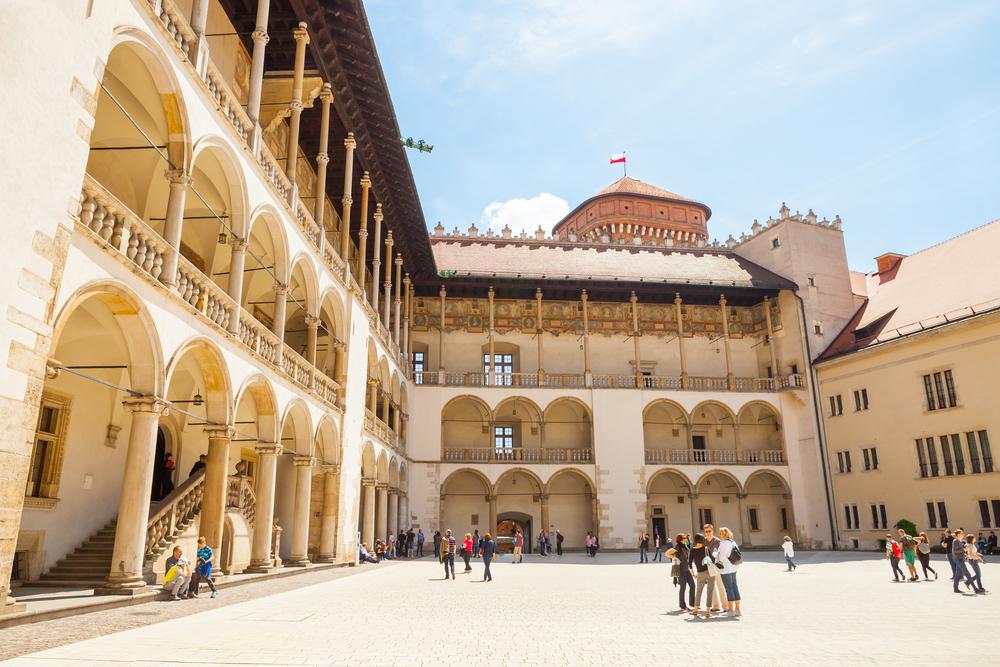
The 14th-century Gothic St. Mary’s Basilica overlooks the square with two uneven towers. Listen for the trumpet calls from the taller of them: four calls every hour, one in each of the cardinal directions, ending as if unfinished, a nod to a legendary trumpeter who tried to warn of invaders but fell silent when an arrow found its mark.
The profile of the city with its 700-year-old Town Hall Tower, Wawel Hill, and scattering of churches remains as it was centuries ago, and the modern city surrounding it never overshadows or alters the mood. As evening falls, the locals return to their homes and it feels like you’ve discovered the city yourself.
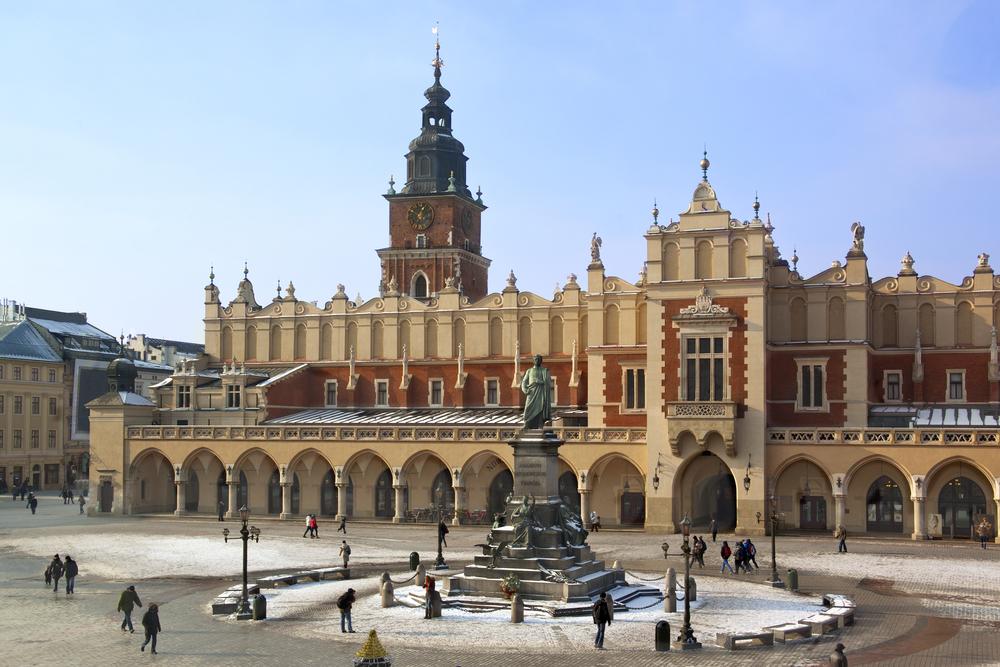
More World Heritage
Day trips offer more history. Twenty miles west, the infamous Nazi concentration camps of the Auschwitz–Birkenau complex offer sober reminders of human atrocity, from the vast camps themselves at the end of an ominous railroad track to the disturbingly cold administrative quarters.Southeast of Krakow lies the Wieliczka Salt Mine. Plunging as deep as 1,000 feet, this labyrinth of tunnels, shafts, and chambers is a fascinating tour that includes history, geology, and incredible carved-salt artworks created by miners.
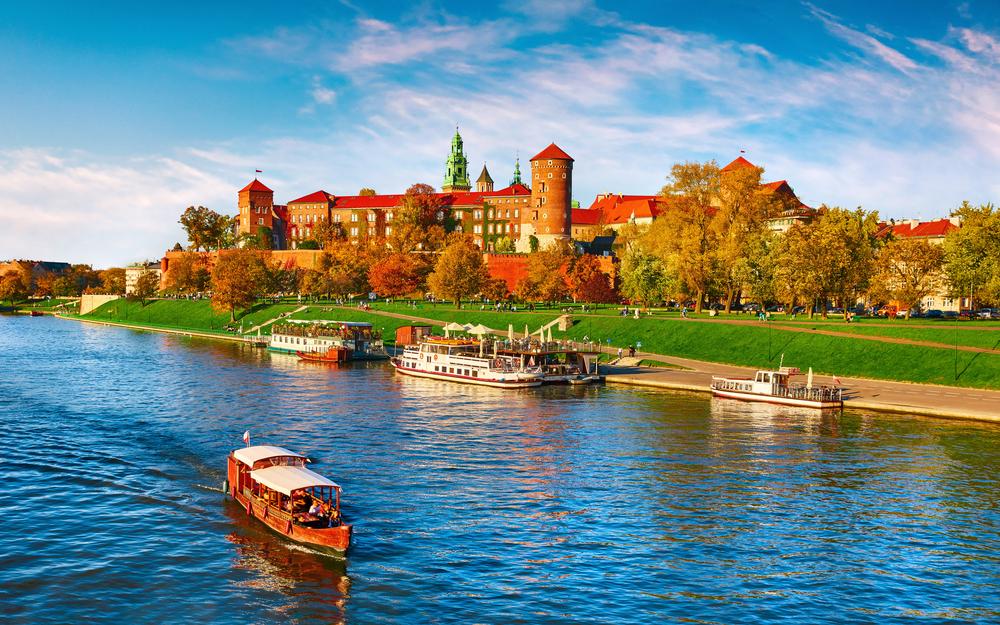
Gastronomy
Declared the European Capital of Gastronomic Culture in 2019, Krakow is influenced by German, Italian, Jewish, Muslim, and French cuisines. From street foods and cafeterias to gourmet restaurants, Krakow has the breadth to satisfy foodies. But two must-eat items synonymous with Krakow are the obwarzanek krakowski, a braided ring of bread that is both boiled and baked, and the signature dish of Poland: pierogi. These dumplings are most popular with potato filling and fried onions, but as the city’s Pierogi Festival every August reveals, they aren’t limited in their variants, savory and sweet.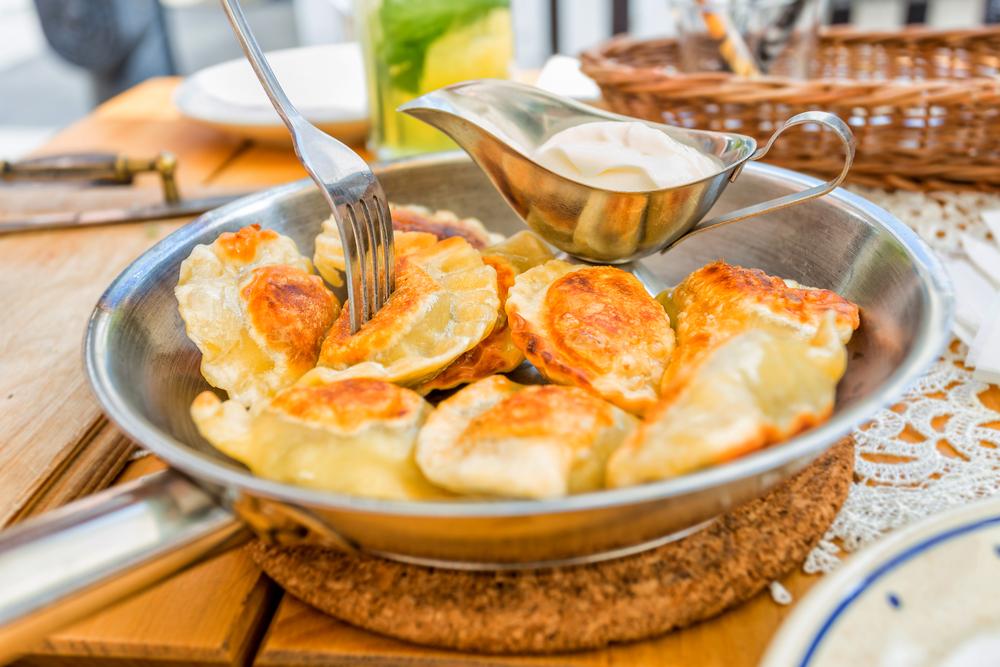

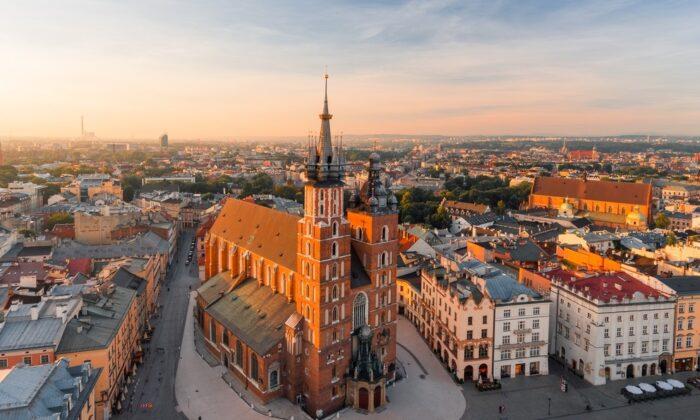
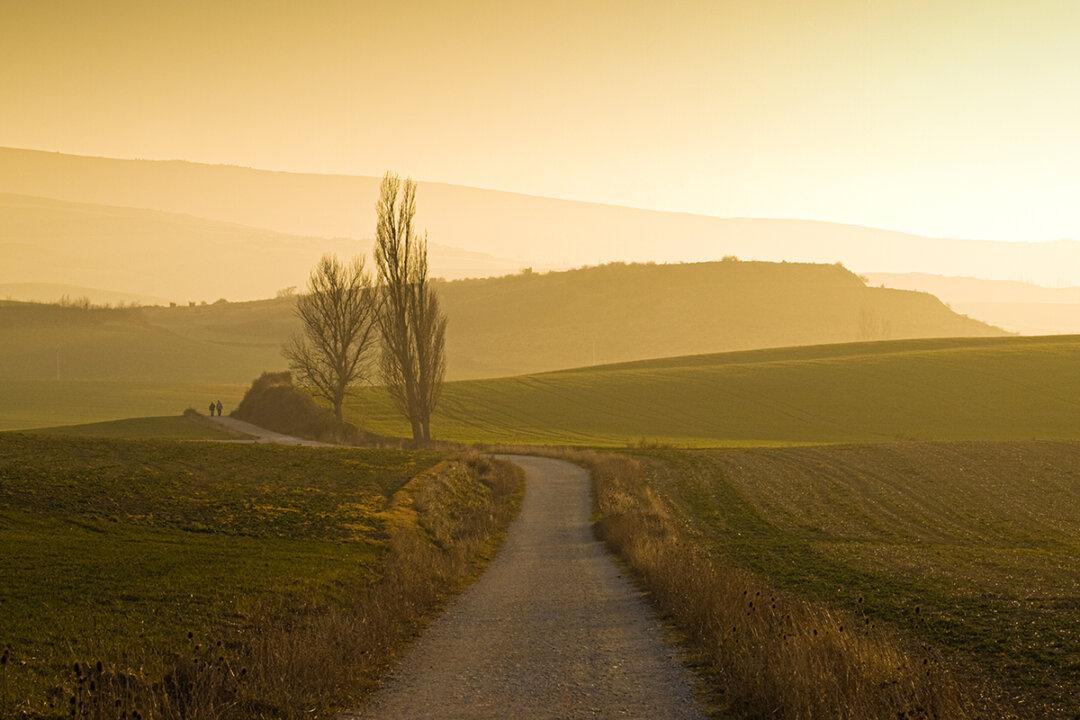

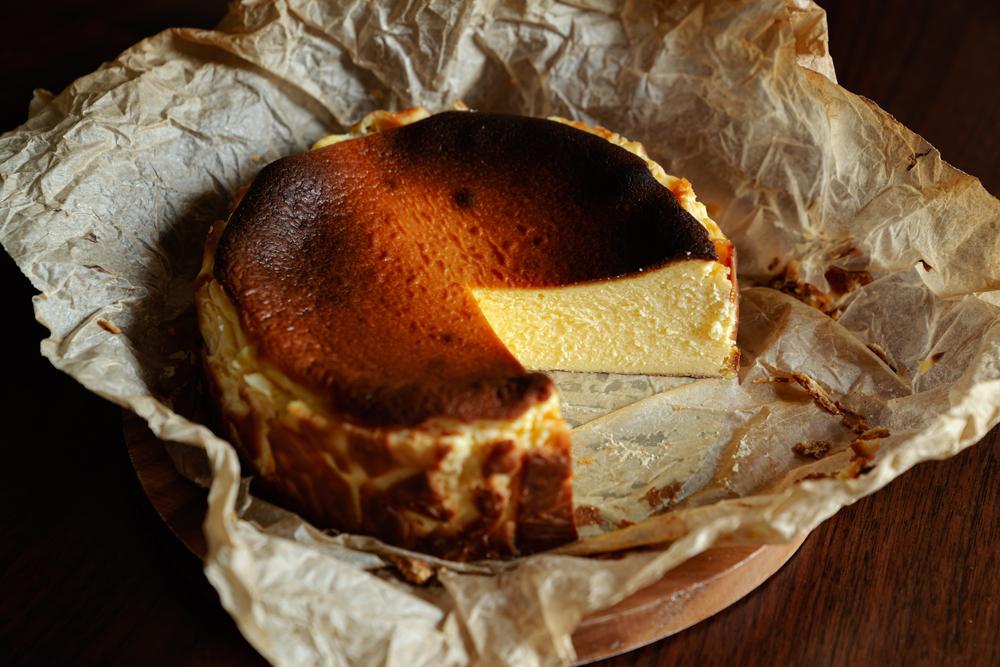

Friends Read Free